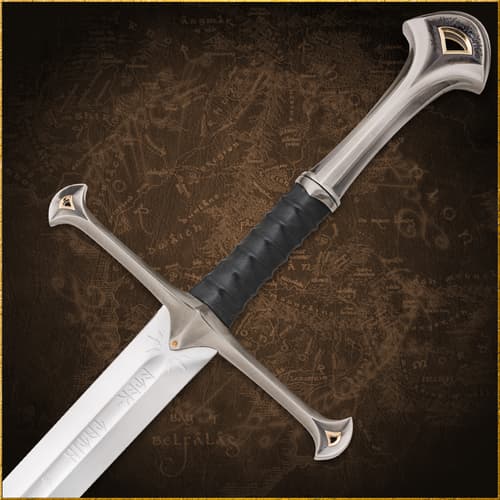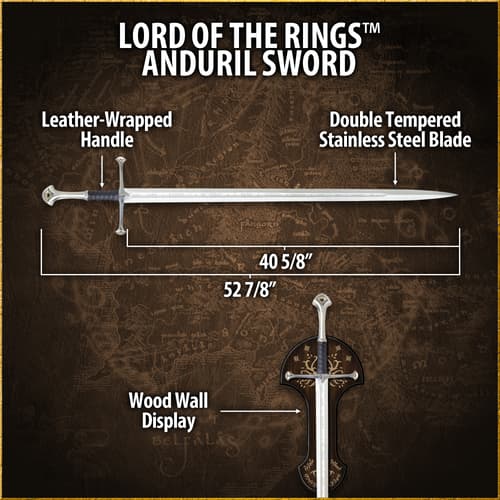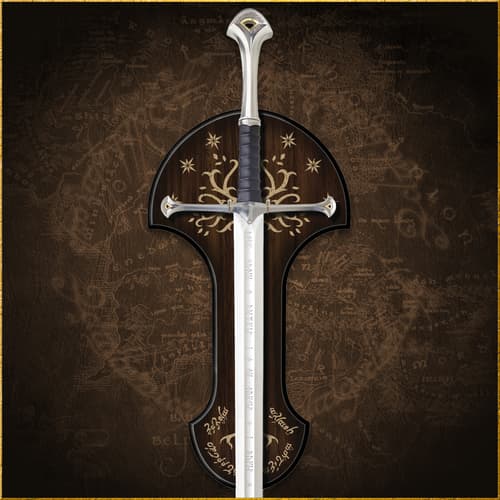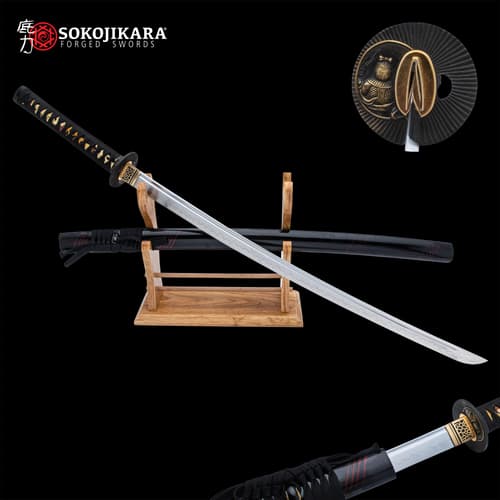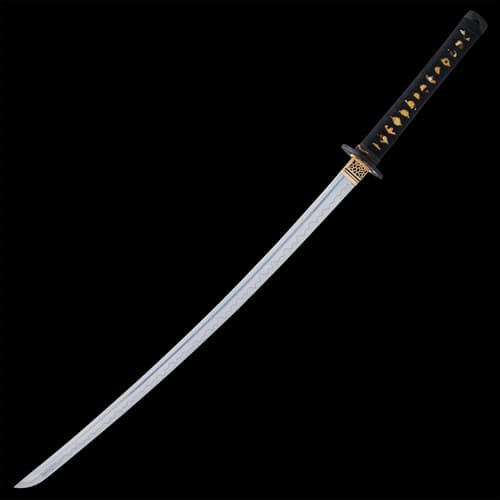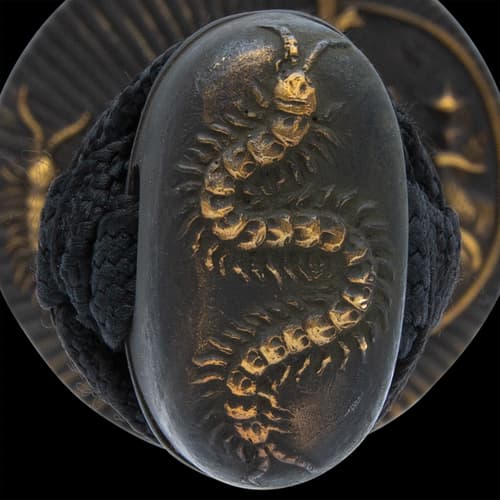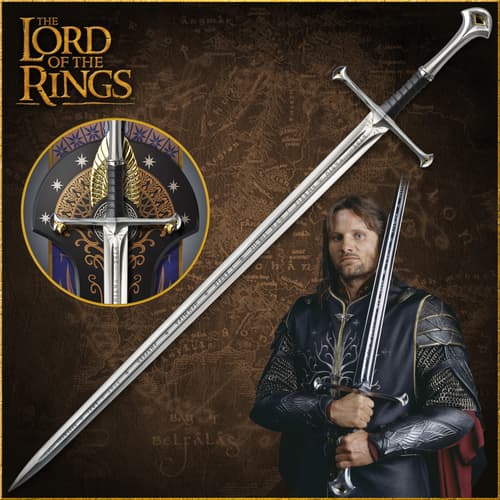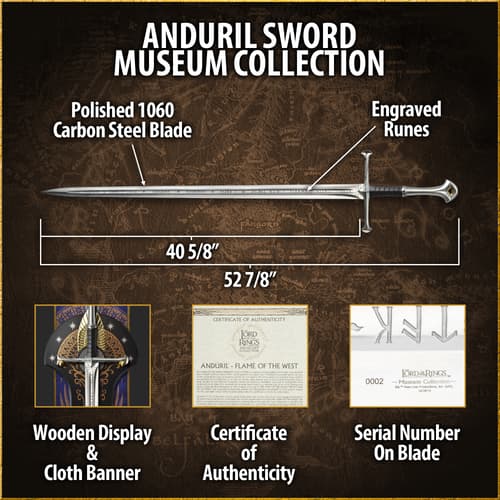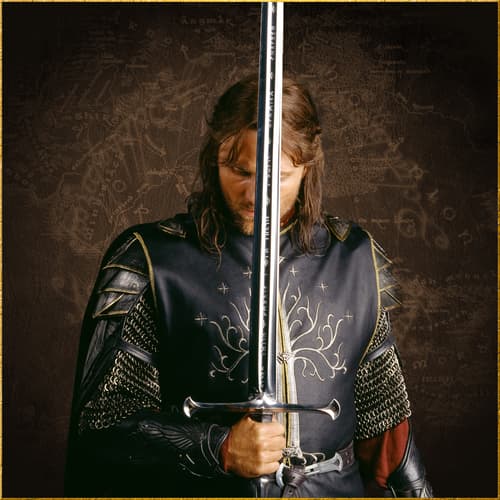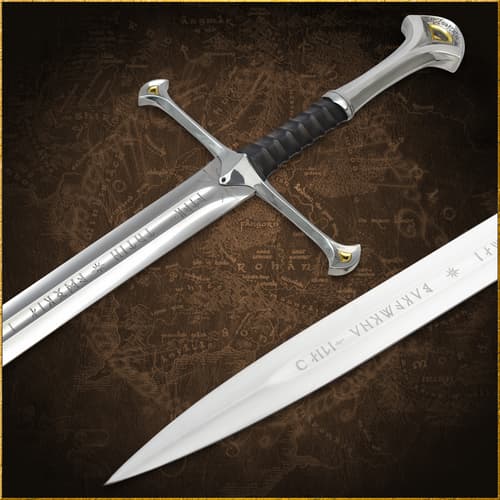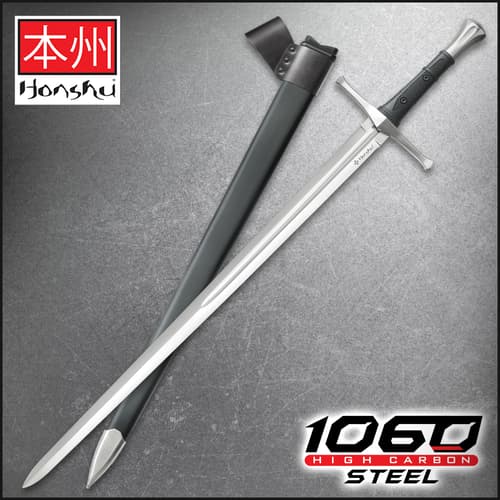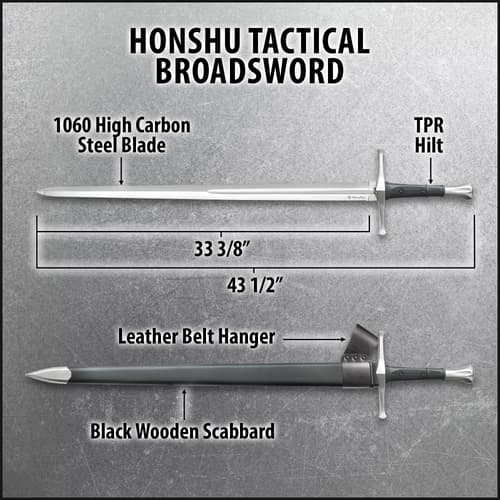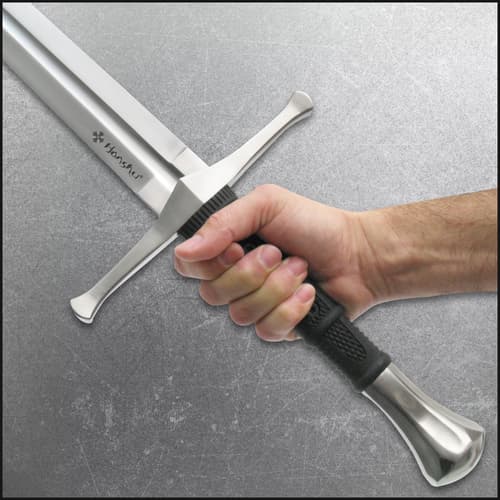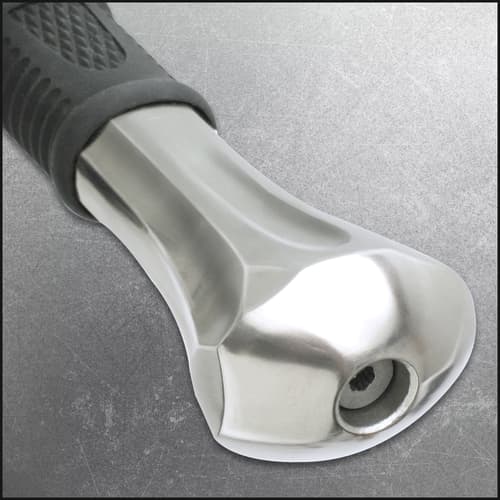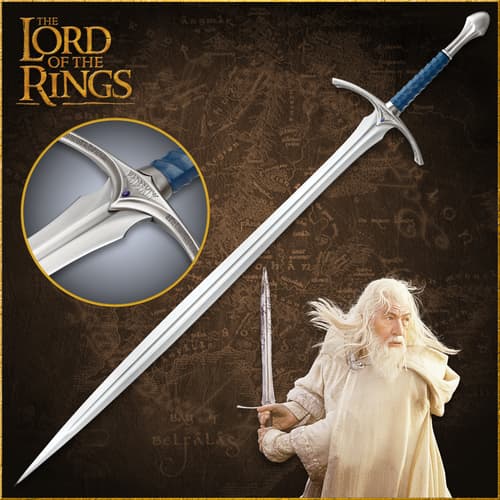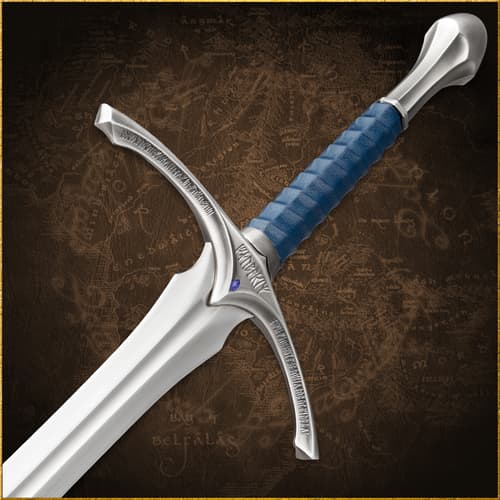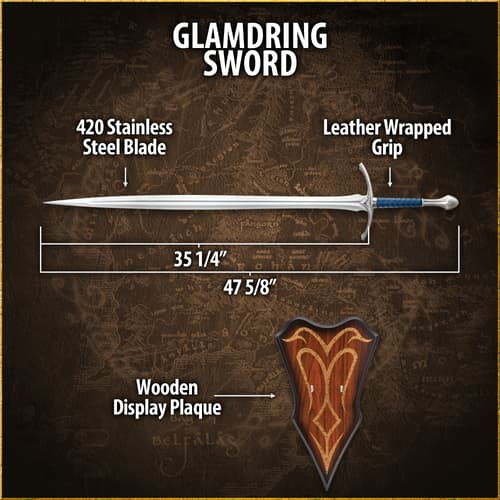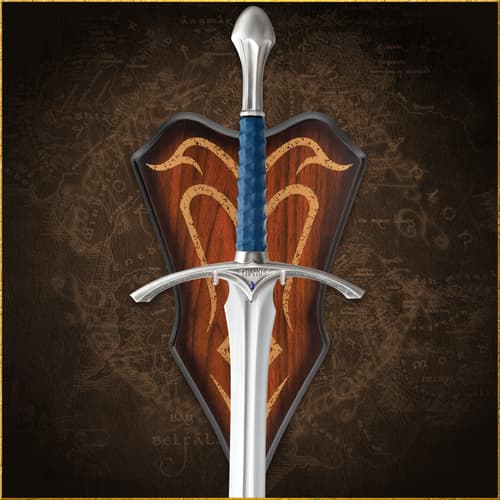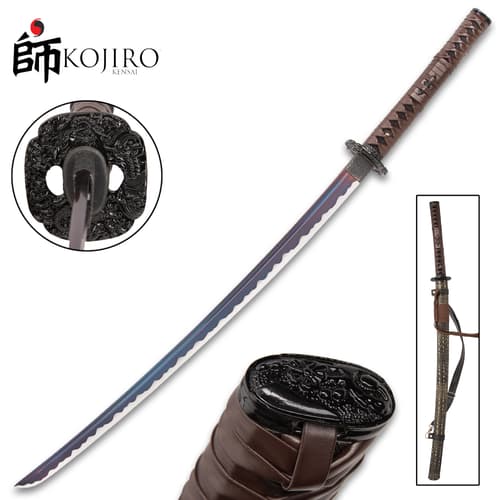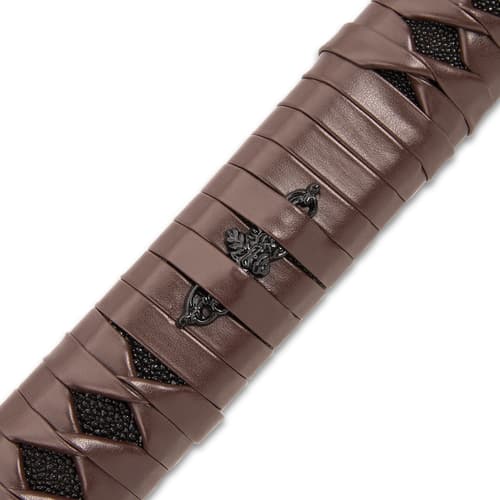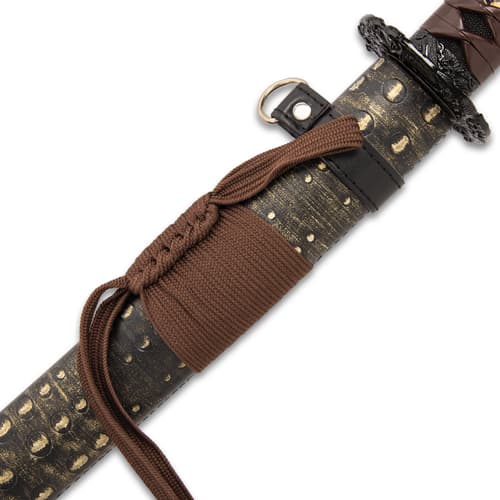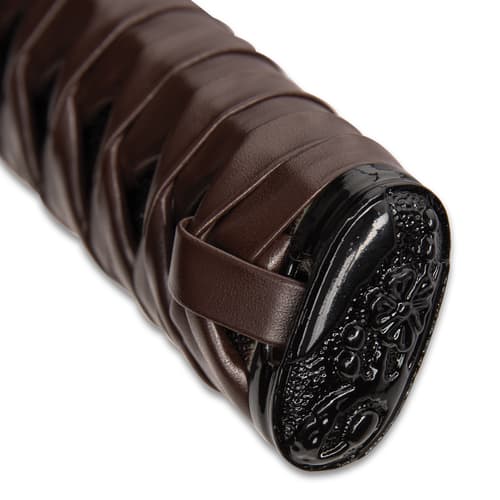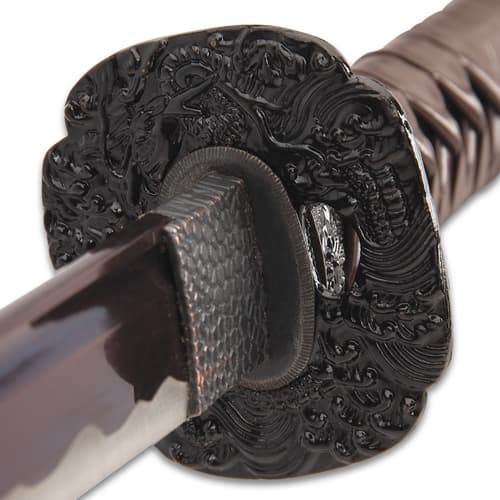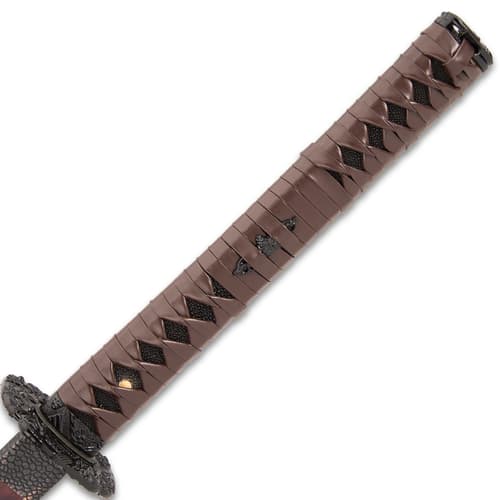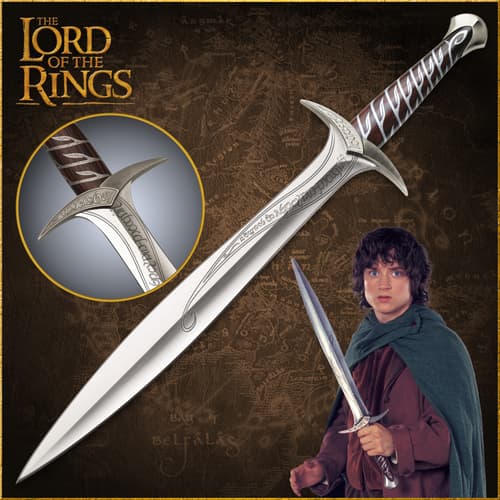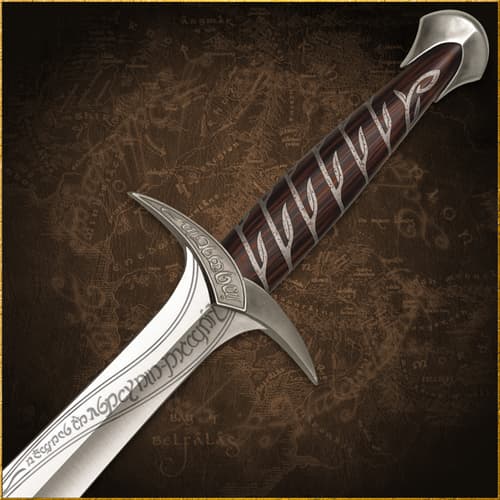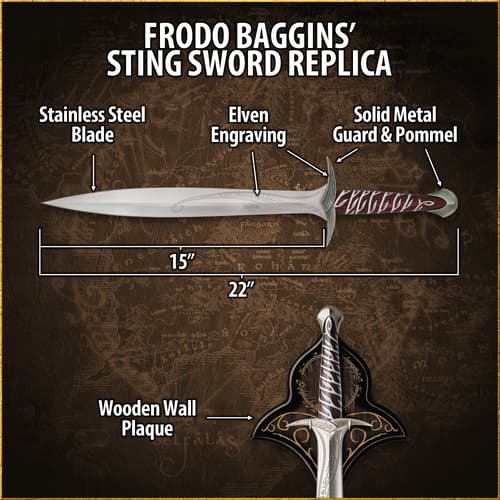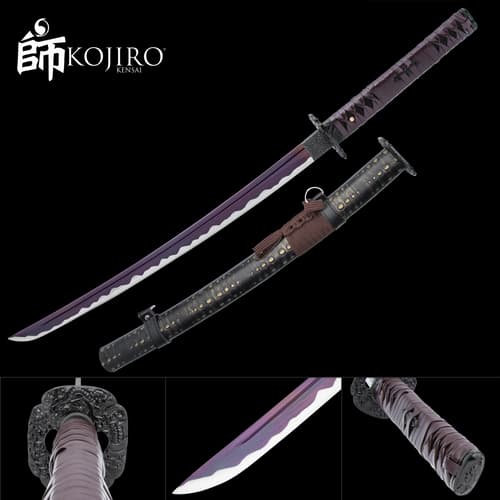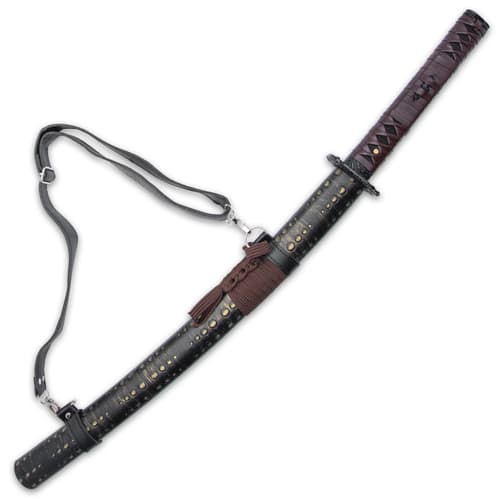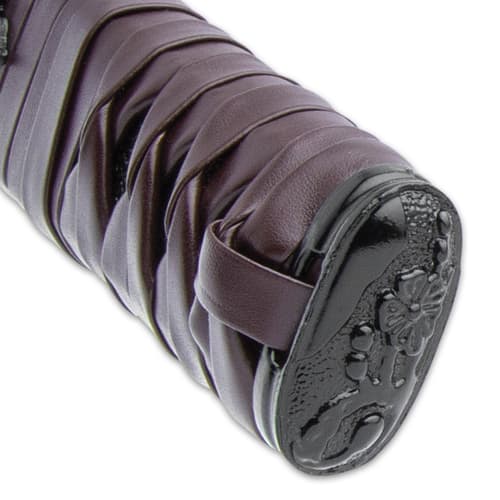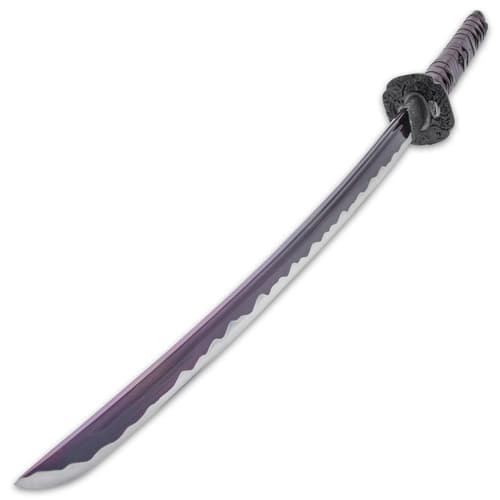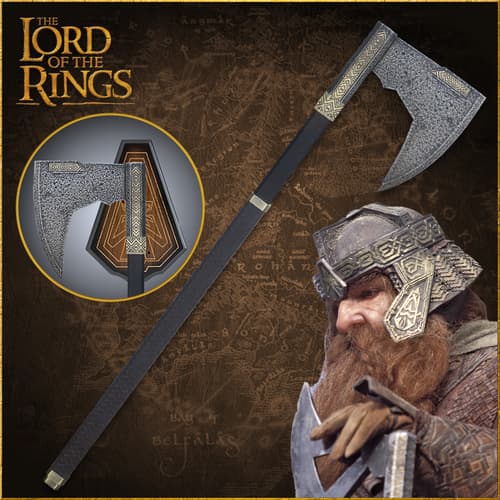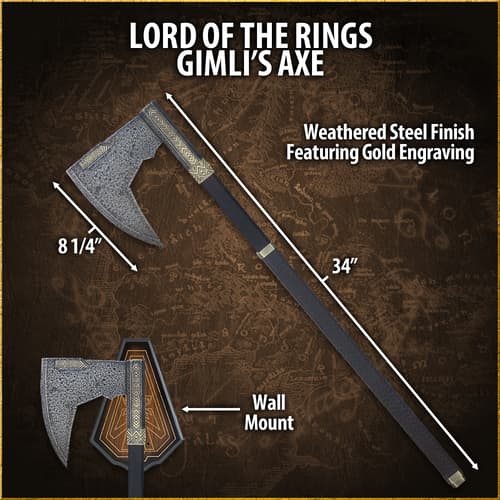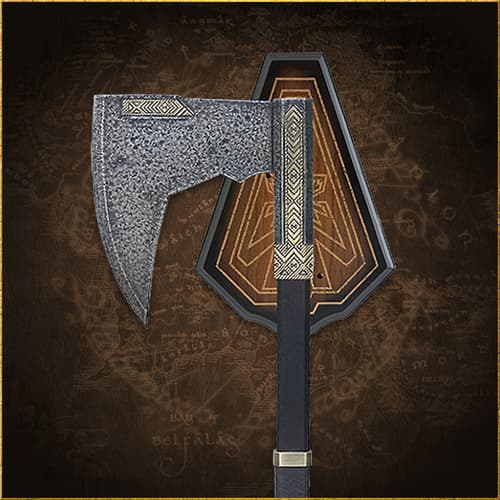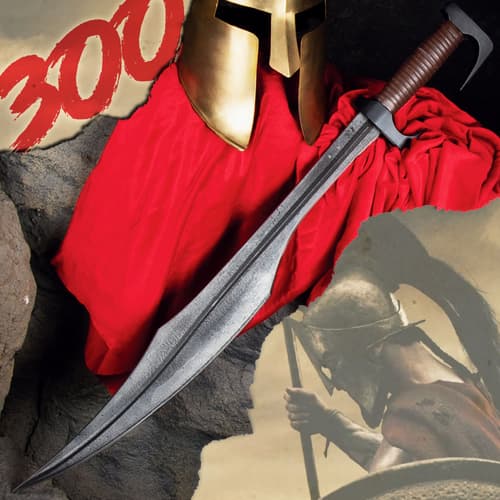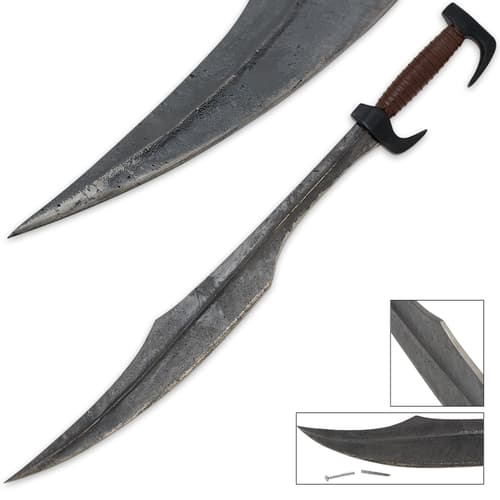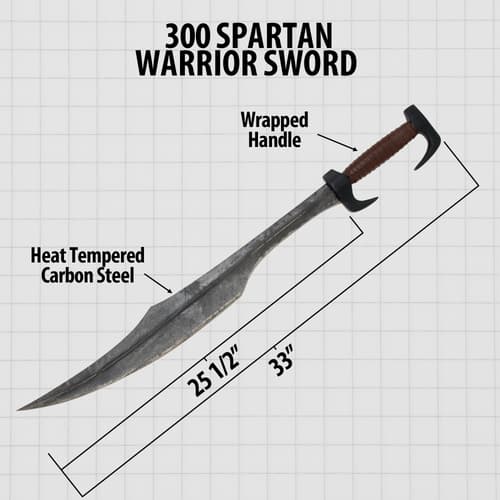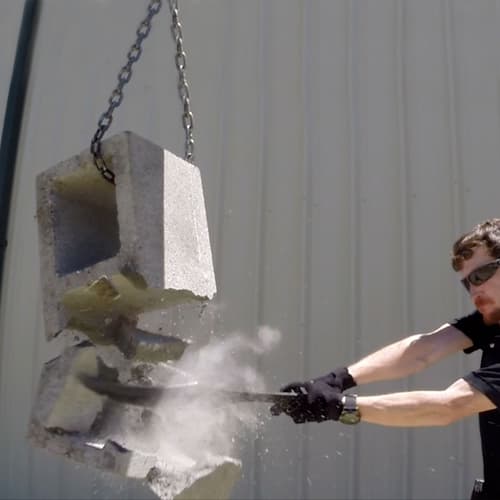How to Identify a Real Samurai Sword
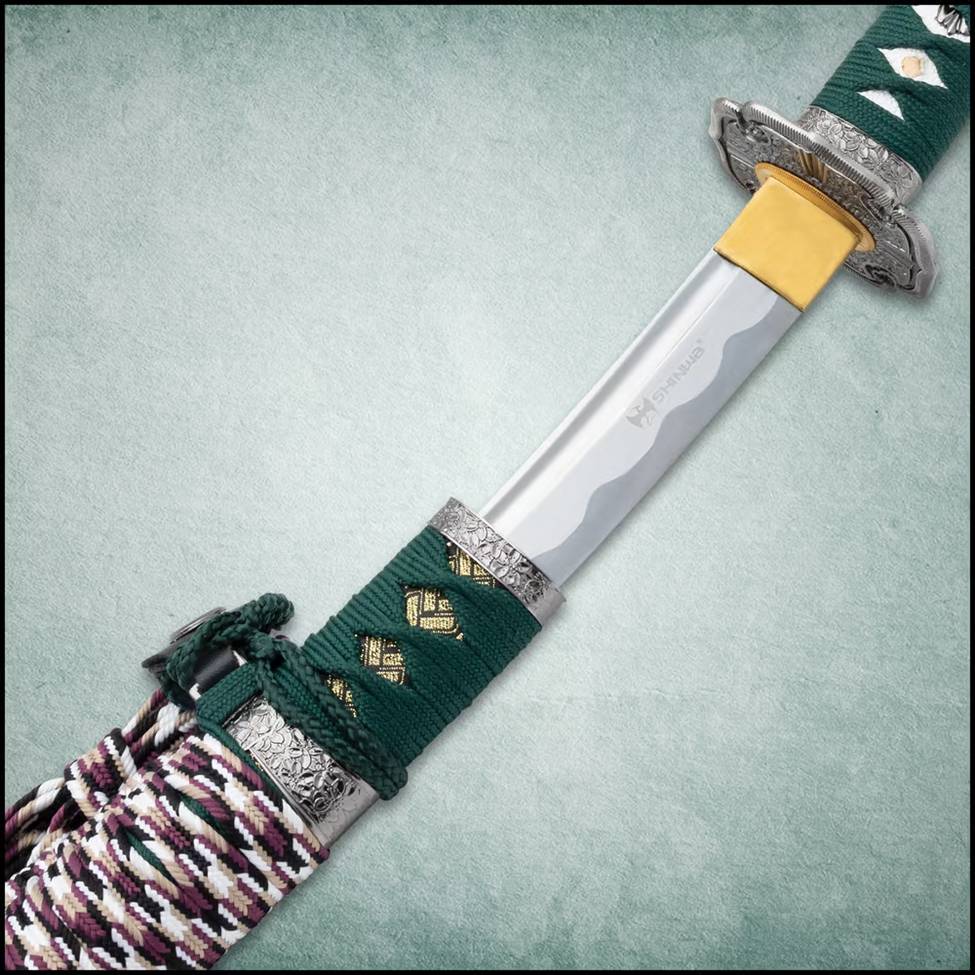

Samurai swords are in vogue, making them among the most popular patterns of swords sold on the market. When we think of a “real” samurai sword, chances are what we are talking or thinking about is a katana, though odachi swords and wakizashis (the shorter sword as part of a daisho, along with a katana) might also fit the bill
On that note, a lot of “swords” sold are little more than sword-shaped objects, wallhangers made with inexcusably bad steel that wouldn’t stand up to live use. Many of these “swords” lack proper tang construction, are made with soft stainless alloys that cannot take or hold an edge, and are either inadequately tempered or not tempered at all. So how can you tell if you’re looking at a real samurai sword - that is, interested in buying a katana that’s real? Here are a few of the things to look for.
The Blade (Sori)
The first and most important thing to investigate in your search for a real samurai sword is the single-edged blade, also known as the sori. First, it should have a gentle curve, nothing too exaggerated. This curvature results in a blade that offers good leverage and power when slashing, but which does not impede the ability of the blade to thrust. Steel chemistry is also very important here. Many real katanas are made with an authentic alloy called tamahagane, which is made from a special grade of iron sand found in Japan. Typically, the carbon content of tamahagane is between .5% and 1.5%. This high carbon concentration gives tamahagane the ability to take and hold a very fine edge, and it also makes the steel strong enough to withstand the abuse of impact and live swordplay.
Strictly speaking, any “real” samurai sword should be made with tamahagane, but if all you’re looking for is a battle ready katana, and not one that is authentic in the traditional sense of the word, there are other alloys that can pass. Modern alloys that can also be used for the construction of real samurai swords include 1060, 1095, T10 and some Damascus alloys. All of these steels have appropriate chemistry for the production of real swords provided they are properly tempered. In addition, a real samurai sword must have a full tang (nakago) that is of an appropriate width, and secured in place in the hilt with a pin called a mekugi.
The Hamon Line
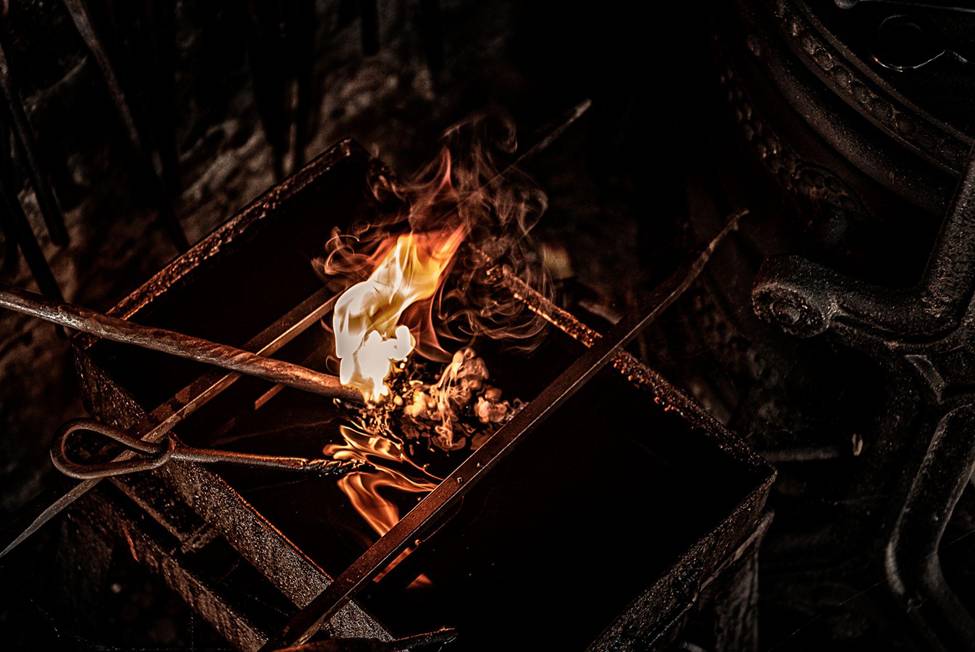

One aspect of the blade that deserves its own distinct callout is what is known as the hamon, also sometimes referred to as a hamon line. This is a small, wavy, cloudy section of the blade near the edge that results as a result of the differential, clay tempering process that is applied to traditional samurai swords. A true hamon line is an indicator that the sword has been forged and tempered according to traditional procedures, and should have an edge that is harder than the spine, which increases edge retention as well as the overall strength of the blade stock. “Fake” katanas may have a hamon line that is etched or engraved into the blade. While this is not technically a detractor assuming the sword is made from an appropriate alloy and tempered accordingly, a katana with a real hamon line is invariably more authentic than one that has a fake one.
The Hilt (Tsuka)
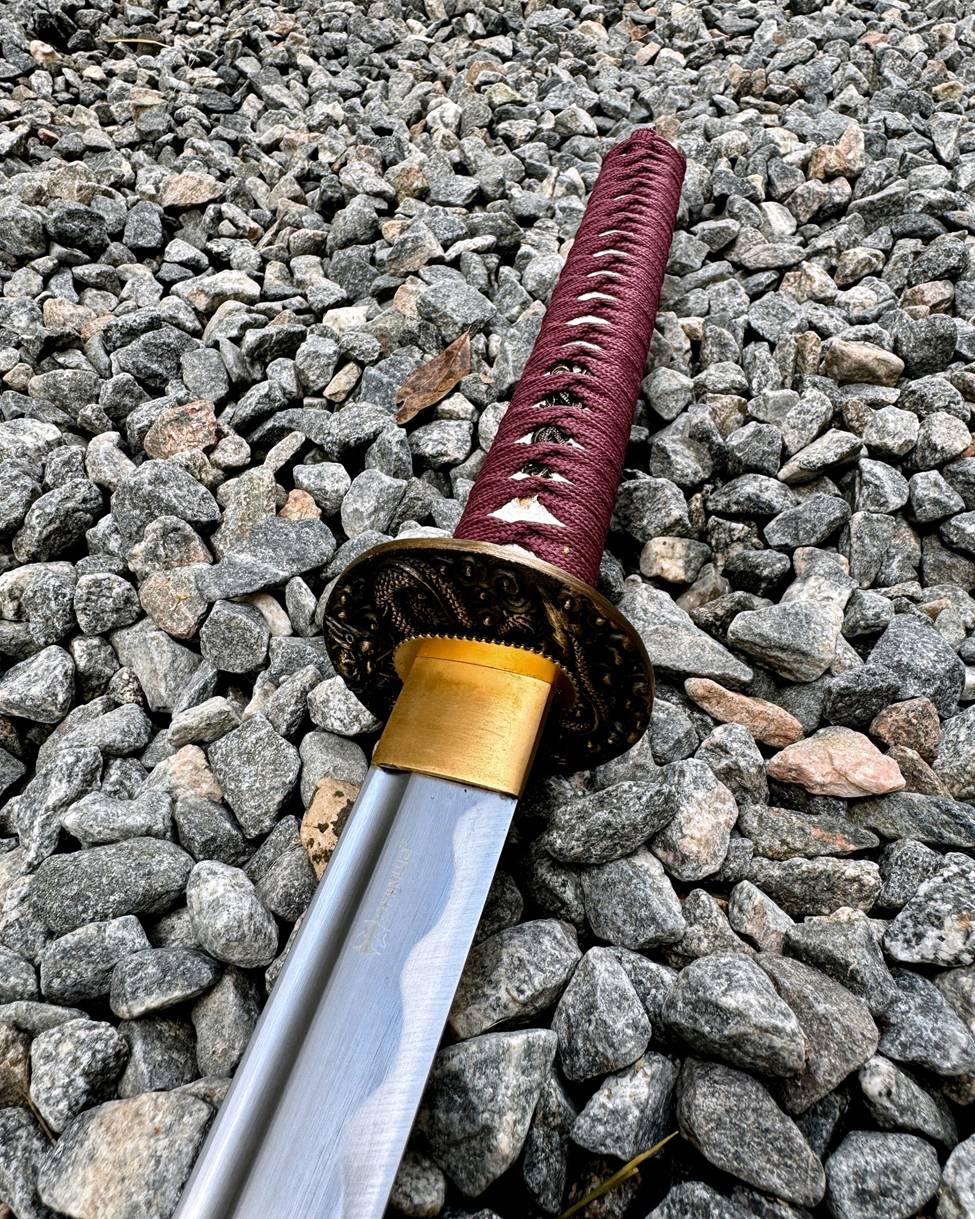

Moreover, the tsuka is traditionally wrapped with ray skin, which provides good traction, and is then over-wrapped by a length of silk, cord, or other fabric. This provides a traditional look to the tsuka and also improves the grip offered by the hilt of the sword. A traditional tsuka is also finished by a guard known as a tsuba, which is typically rounded or squared, and can feature elaborate markings, engravings or other inscriptions.
The Scabbard (Saya)
A real samurai sword will come with a scabbard, known in Japanese as a saya, that is made of lacquered wood and is wrapped in a cord called a sageo, which is used to grip the scabbard as well as to mount it for traditional carry. While the scabbard is not usually a point of contention in authenticity, cheap katanas and other fake samurai swords are much more likely to come with a plastic saya than a real wood one.
Here in Search of a Real Samurai Sword?
True Sword carries a wide variety of high-quality Japanese swords, including real samurai swords, odachi swords, wakizashi and katana swords.Take a look through our collection of Japanese swords and don’t forget to bookmark our battle-ready swords page, which is full of real, full-tang, tempered, battle-ready swords that can stand up to the rigors of live use.
If you have any questions about anything we sell, authenticity, or the processes we employ, get in touch with us directly and we will be more than happy to help.

